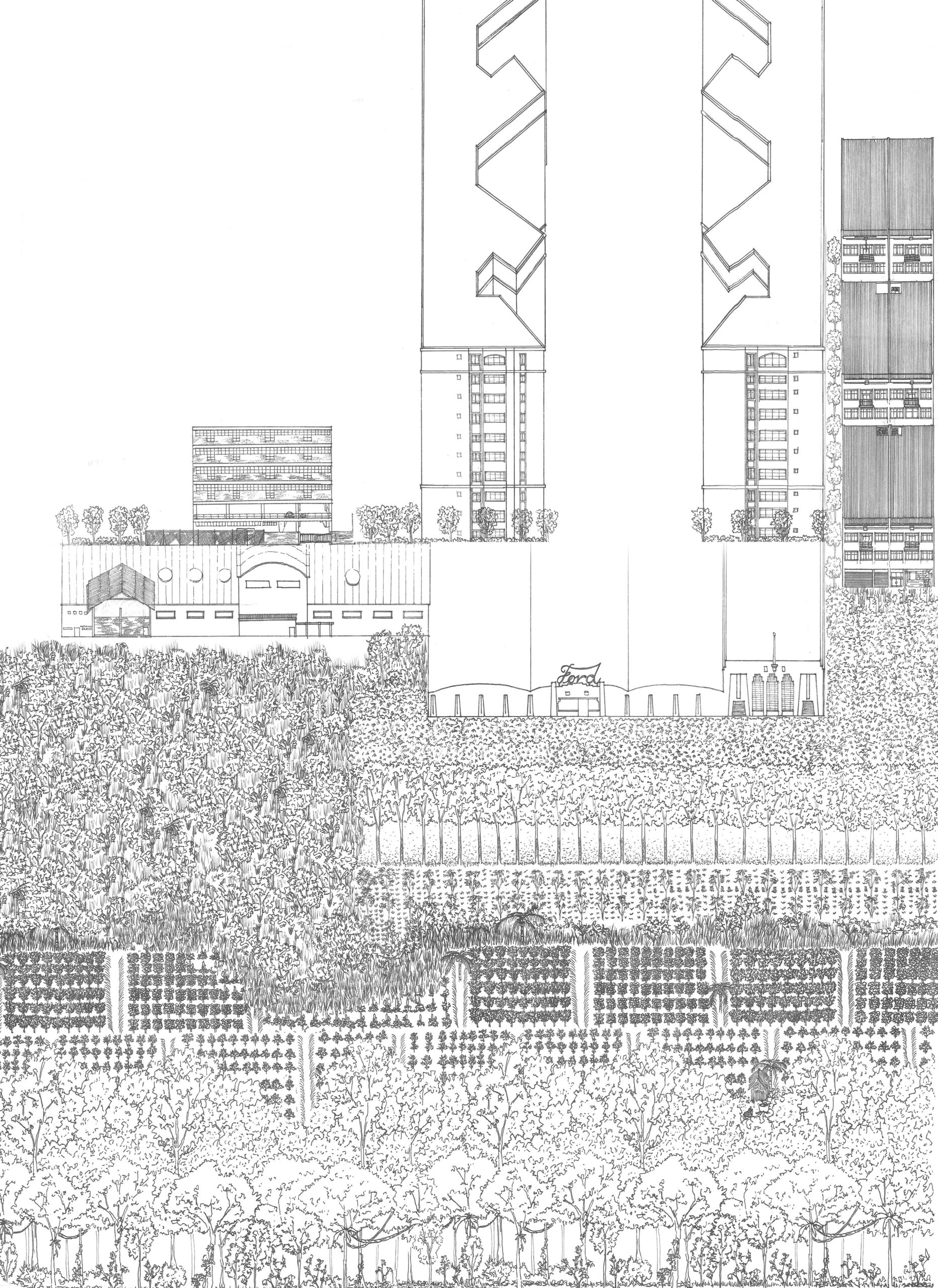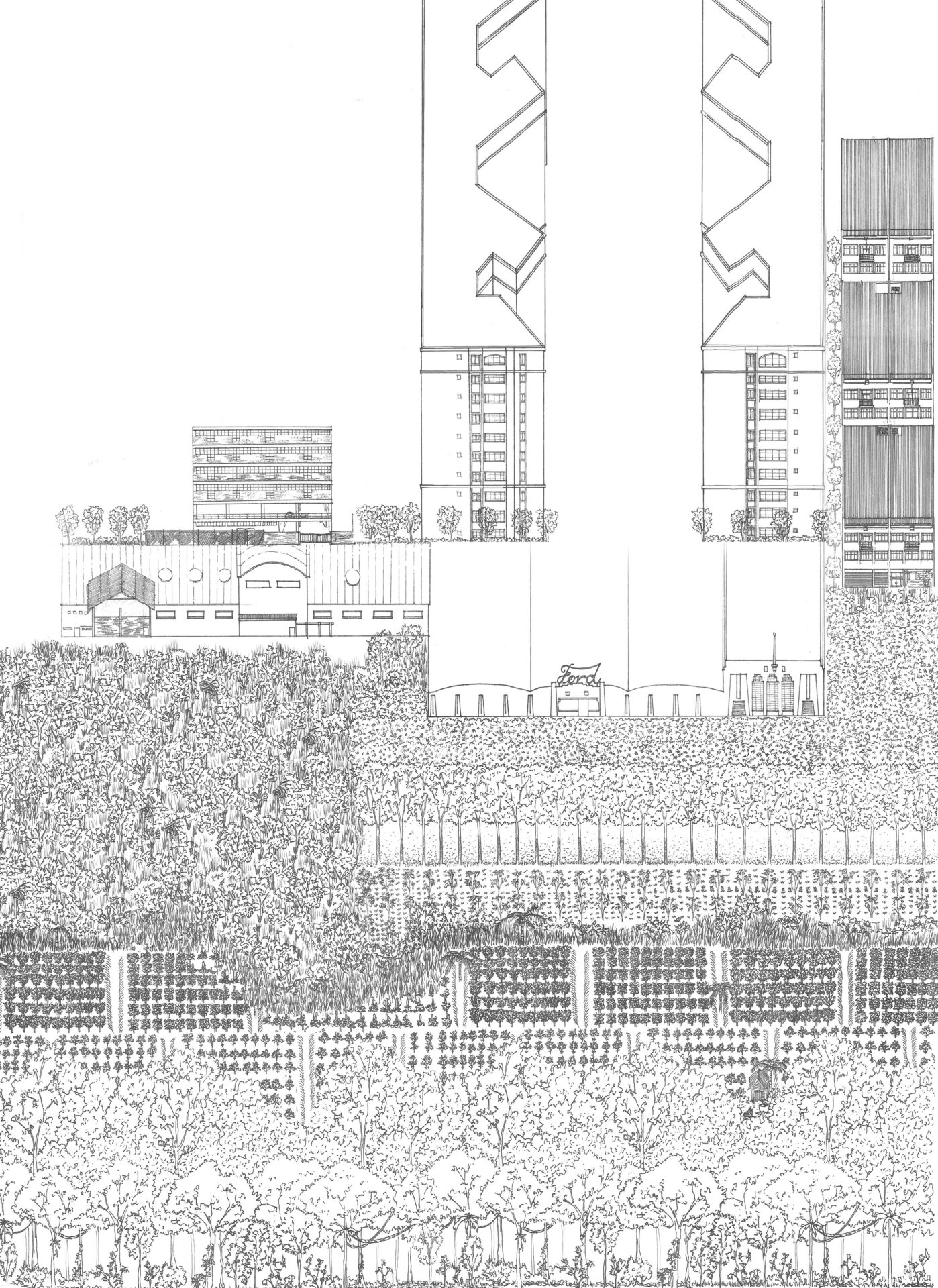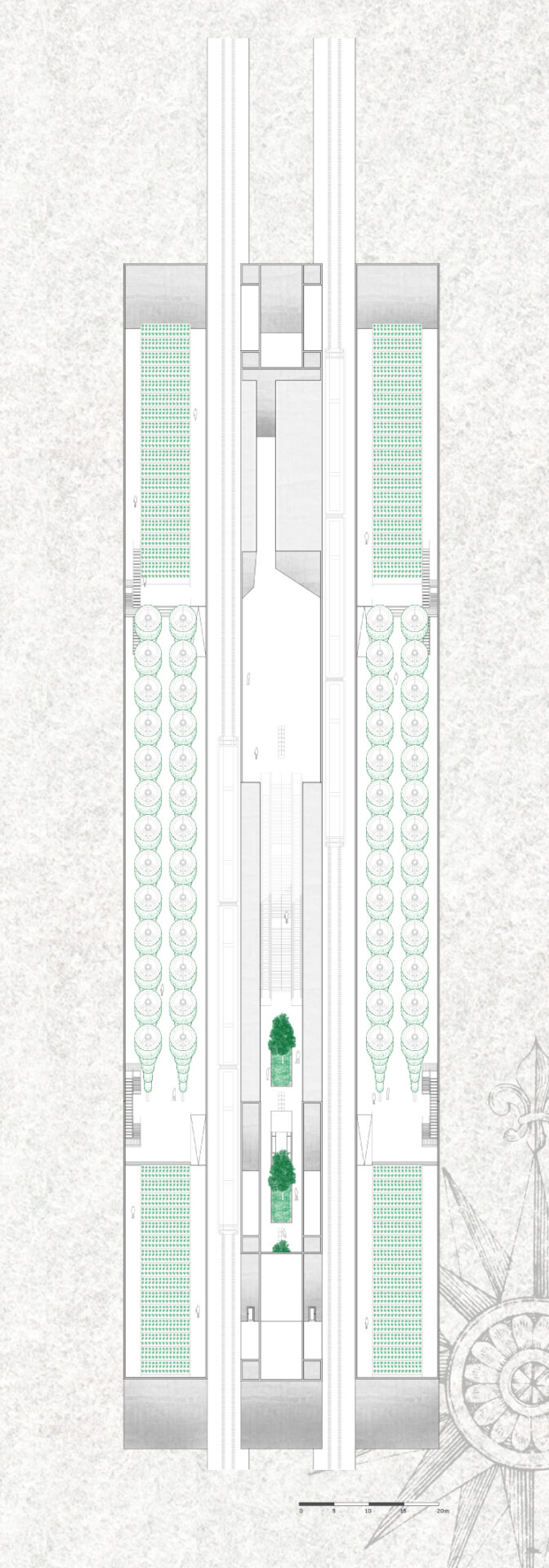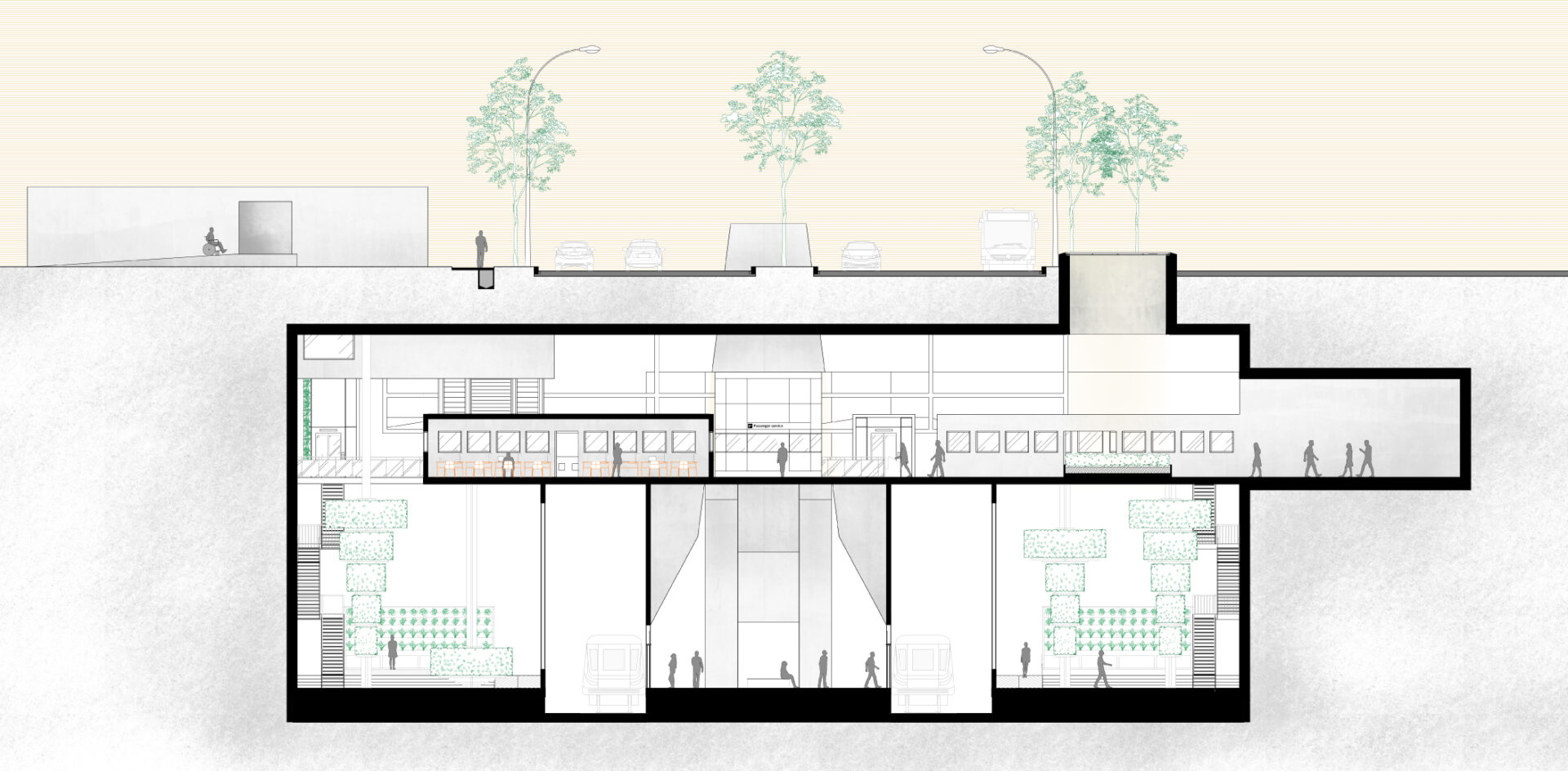The Land Records
The thesis takes a survey of what had past, asking questions for the histories that remain, and the histories that are erased. It recognises the importance of both development and conservation, and their intertwined nature. Looking at land as a record of its own history, the thesis seeks to unearth the ground beneath us of its architectural past – of hidden, decades old factories amongst new gleaming condominiums and of demolished buildings that are long gone. It attempts to make obvious, the fact that land bears witness to time and its own development, accumulating layers of history as development spreads across it.
By framing the land as a physical record of history and looking into the stories made evident in the land’s connections, patchwork and fragments, the thesis hopes to look for an answer to the display of the land’s identity, and the ways in which architecture can remind ourselves of our past. The thesis observes development in Hillview, Singapore. Bound by Upper Bukit Timah Road – a trunk road even in Singapore’s past, and Hillview Avenue – a relatively newer road that was built as industrial development occurred, the site catalogues changes in the urban environment since the 1800s from forest to plantation, to industry and most recently, to residences.
The Descent into Hume Station
Not concerned with the conservation of the specific, but rather, the phenomenon of development occurring across the entire landscape, the thesis asks not of a return to the past, but attempts to understand the land’s inherent story telling ability, and its potential when combined with the architecture of a new building.
What can we do with the discovered traces of history, which can allow us to remain truthful in our additions to the land, that will one day also become history?
The observations gained by looking at the land’s story, of its own development over time, and at different scales should be made known and accessible, integrated into public, everyday life. An opportunity for a program came in the form of an announcement for a new Mass-Rapid Transit (MRT) station to be built between Hillview and Beauty World stations on the Downtown Line. The new station, named Hume, is to be built along Upper Bukit Timah Road and the Rail Corridor, adjacent to lands that used to house forest, plantations, factories and now, condominiums.
By mirroring the experience of the different time periods to the routine of going underground and taking the MRT, the project hopes to immerse the users into a reimagined urban experience of the past, where the condominium becomes capsule accommodations, the industry becomes maker spaces and working areas, and the plantations becomes hydroponic farms.






Supervisor's comments:
How does one recover the histories of a seemingly nondescript place through the fragmented traces on the land and the landscape? Can these fragile traces be carefully evoked and incorporated into a utilitarian infrastructural development? How do we have a sense of the patchwork of histories and the palimpsest of its layers while inhabiting the new? What are the opportunities that the subterranean offers in evoking the aboveground? These are a few of the questions this thesis poses and seeks to address.
- Assoc. Prof. Chang Jiat Hwee (Dr.)